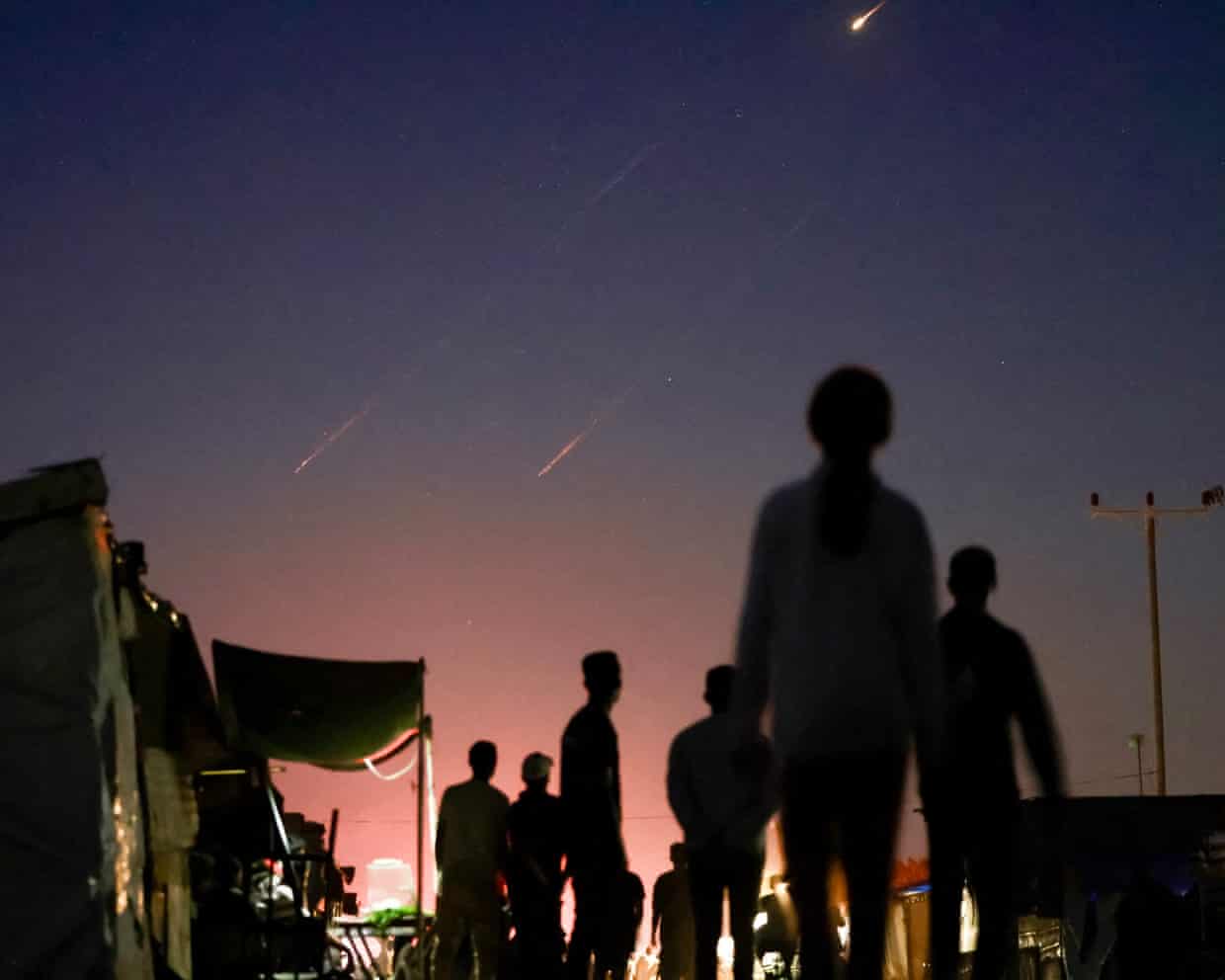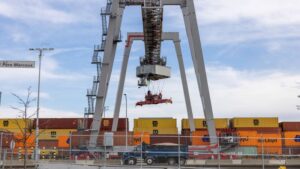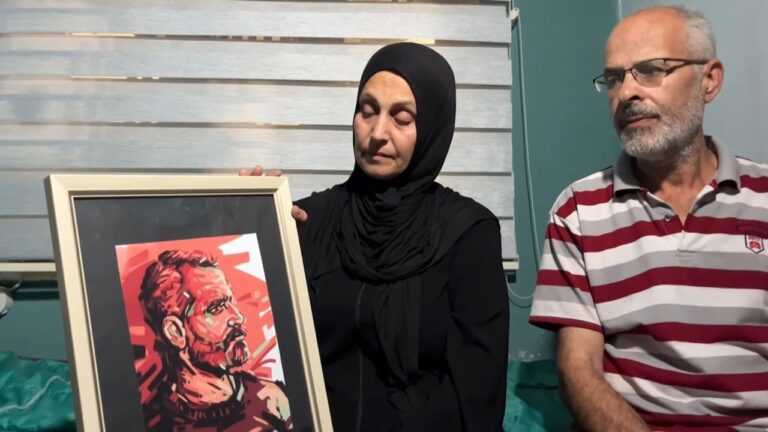For two years, residents of Gaza have lived under the shadow of conflict, waiting for a ceasefire that remains elusive. As Iranian missiles streaked across the sky toward Israel, the specter of war loomed large, underscoring the persistent instability in the region. While some conflicts have found resolution, the hope for lasting peace in Gaza continues to be deferred, leaving many to question the value placed on their lives.
The announcement of a potential ceasefire comes as a bittersweet reminder of the ongoing struggle faced by those in Gaza. Despite international efforts to broker peace, the cycle of violence and retaliation seems unending. The situation is further complicated by geopolitical interests, with various regional powers playing pivotal roles in the dynamics of the conflict.
The Historical Context of Conflict
Gaza’s history is marred by decades of unrest, rooted in the broader Israeli-Palestinian conflict. The territory has been a flashpoint for violence, with numerous military operations and skirmishes marking its recent past. The blockade imposed by Israel and Egypt since 2007 has exacerbated humanitarian conditions, leading to widespread poverty and limited access to essential services.
Historically, attempts at peace have been fraught with challenges. The Oslo Accords in the 1990s offered a glimmer of hope, but subsequent events, including the Second Intifada and numerous military engagements, have dashed prospects for a sustainable resolution. The international community has often been divided in its approach, with varying degrees of support and condemnation influencing the peace process.
Expert Opinions on the Path to Peace
According to experts, achieving peace in Gaza requires addressing both immediate humanitarian needs and long-term political solutions. Dr. Lina Khoury, a Middle East analyst, argues that “any lasting peace must involve a comprehensive approach that considers the socio-economic factors contributing to the conflict.” She emphasizes the importance of international cooperation and the role of regional actors in facilitating dialogue.
Meanwhile, Professor Ahmed Mansour, a political science expert, highlights the need for grassroots initiatives that empower local communities. “Peace cannot be imposed from the outside,” he notes. “It must be cultivated from within, with the engagement of those directly affected by the conflict.”
The Human Cost of Conflict
The ongoing conflict in Gaza has exacted a heavy toll on its civilian population. According to the United Nations,
over 2 million people live in Gaza, with more than half dependent on humanitarian aid.
The blockade has severely restricted the movement of goods and people, leading to shortages of food, medicine, and other essential supplies.
The psychological impact of constant violence is profound, particularly on children. Reports indicate that a significant number of young Gazans suffer from trauma-related disorders, affecting their ability to lead normal lives. Educational opportunities are limited, with schools often damaged or destroyed during periods of conflict.
Looking Forward: Prospects for Peace
The path to peace in Gaza remains fraught with challenges, but there are glimmers of hope. Recent diplomatic efforts, including negotiations mediated by Egypt and Qatar, have sought to establish a more durable ceasefire. However, the success of these initiatives hinges on the willingness of all parties to compromise and prioritize the well-being of civilians.
As the world watches, the people of Gaza continue to hope for a future free from the shackles of war. The international community’s role in supporting peace efforts is crucial, with a focus on humanitarian aid, economic development, and political reconciliation.
Ultimately, the quest for peace in Gaza is a testament to the resilience of its people and their enduring desire for a better future. The journey may be long and arduous, but the possibility of a brighter tomorrow remains a beacon of hope for those caught in the crossfire of conflict.























